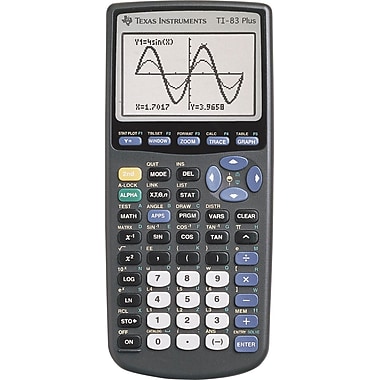I think good use of digital technology involves students creating something that they’re proud of. They might be creating something to demonstrate their understanding of a concept, or they might be using their time to master the digital technology itself. For example, in the last lesson’s video, we watched Heather grab a physical model of our solar system as she struggled to understand the phases of the moon. Students can create their own models using technology and see what happens as the moon orbits around the earth.
Sometimes, the concepts being mastered aren’t ones that were even a part of the math and science classrooms of 20 years ago. Scratch (scratch.mit.edu) has been a valuable tool in introducing my Grade 4 students to the ideas in computer science. They can experiment first-hand with the ideas of if/then statements, loops, and other coding concepts that would be too difficult if they had to worry about where they missed a semi-colon. (Argh! The semi-colon! How many hours have I wasted as a coder myself, looking for that elusive semi-colon!) The building-block style of construction is age-appropriate, while at the same time allowing students to create incredibly elaborate and complex games. The logic they learn while coding has applications in other academic areas as well. One of the main challenges I have had is that, in an unstructured lunch time coding “club”, my students are mostly boys. I haven’t had a lot of success, just yet, in getting girls to code unless they “have to” in a structured class environment. I would love to hear how other teachers out there have gotten girls hooked!
